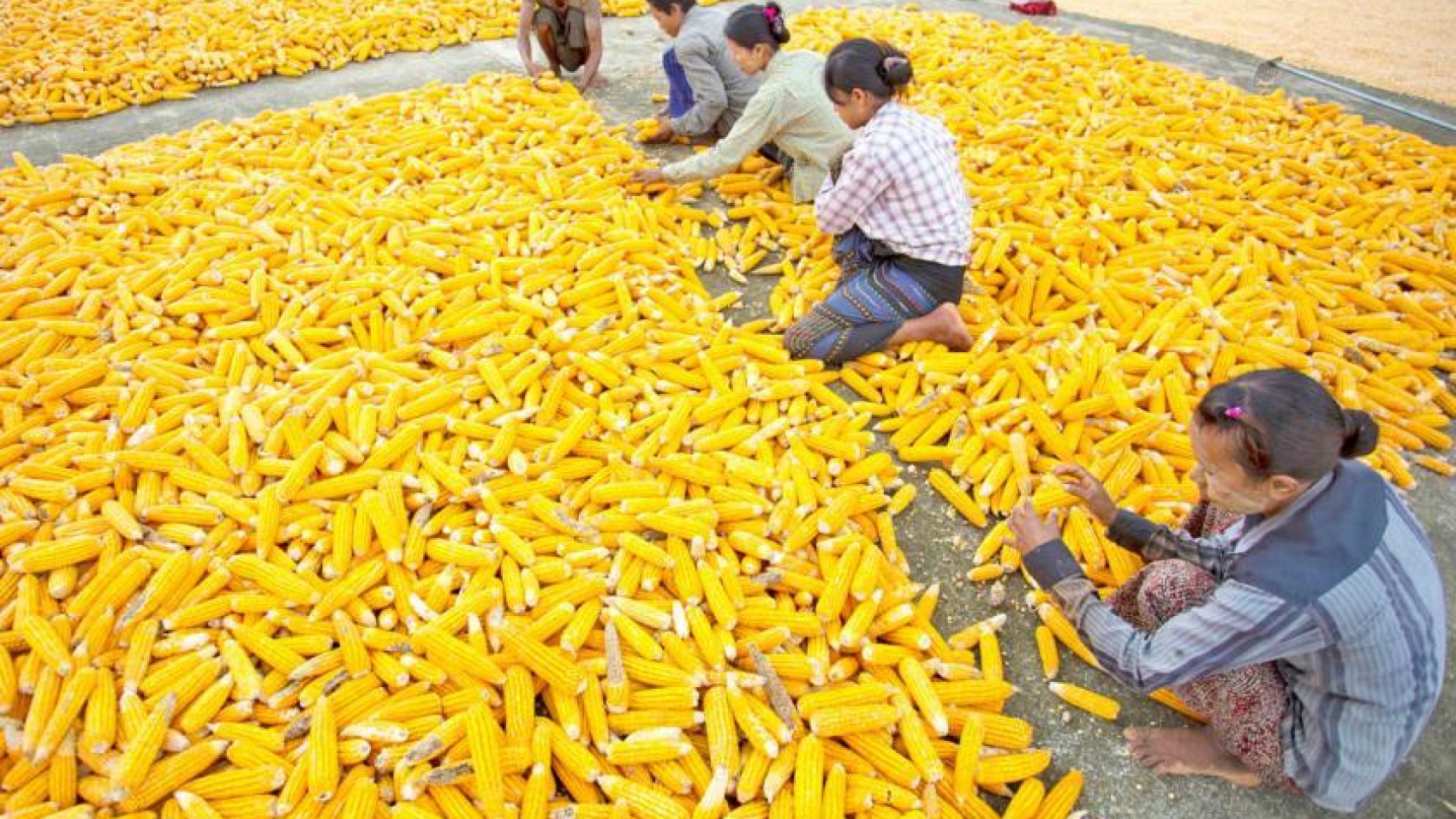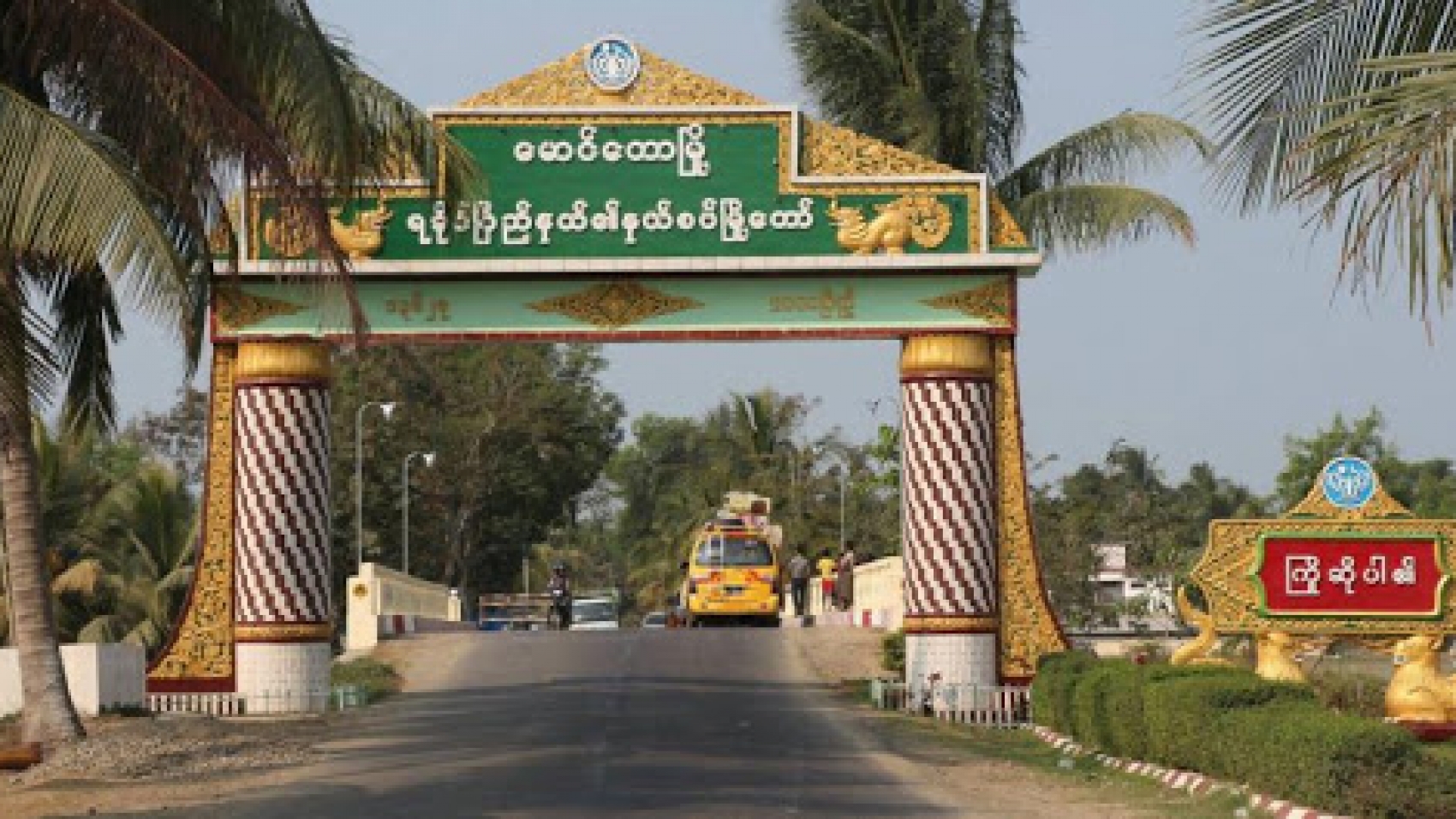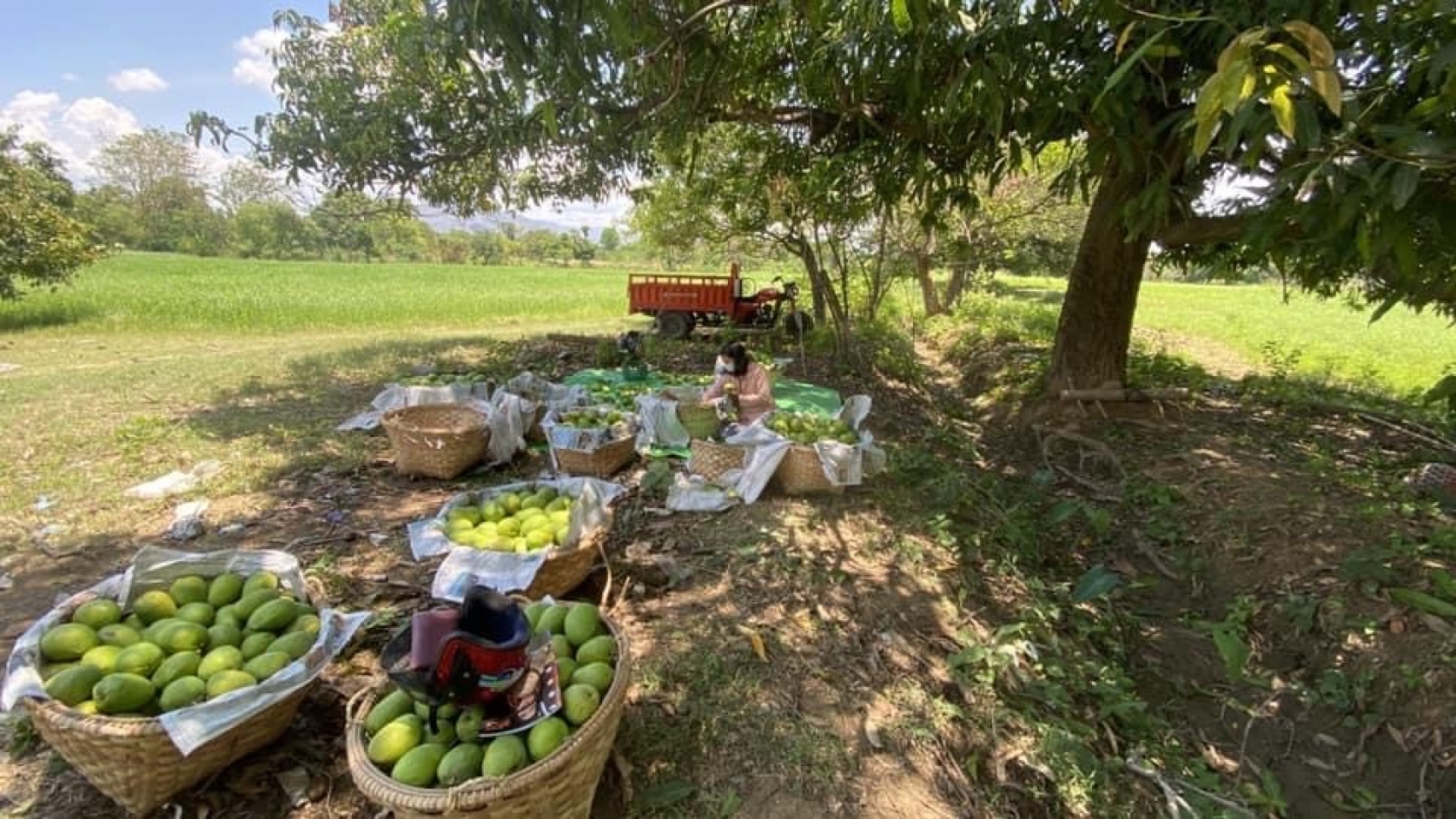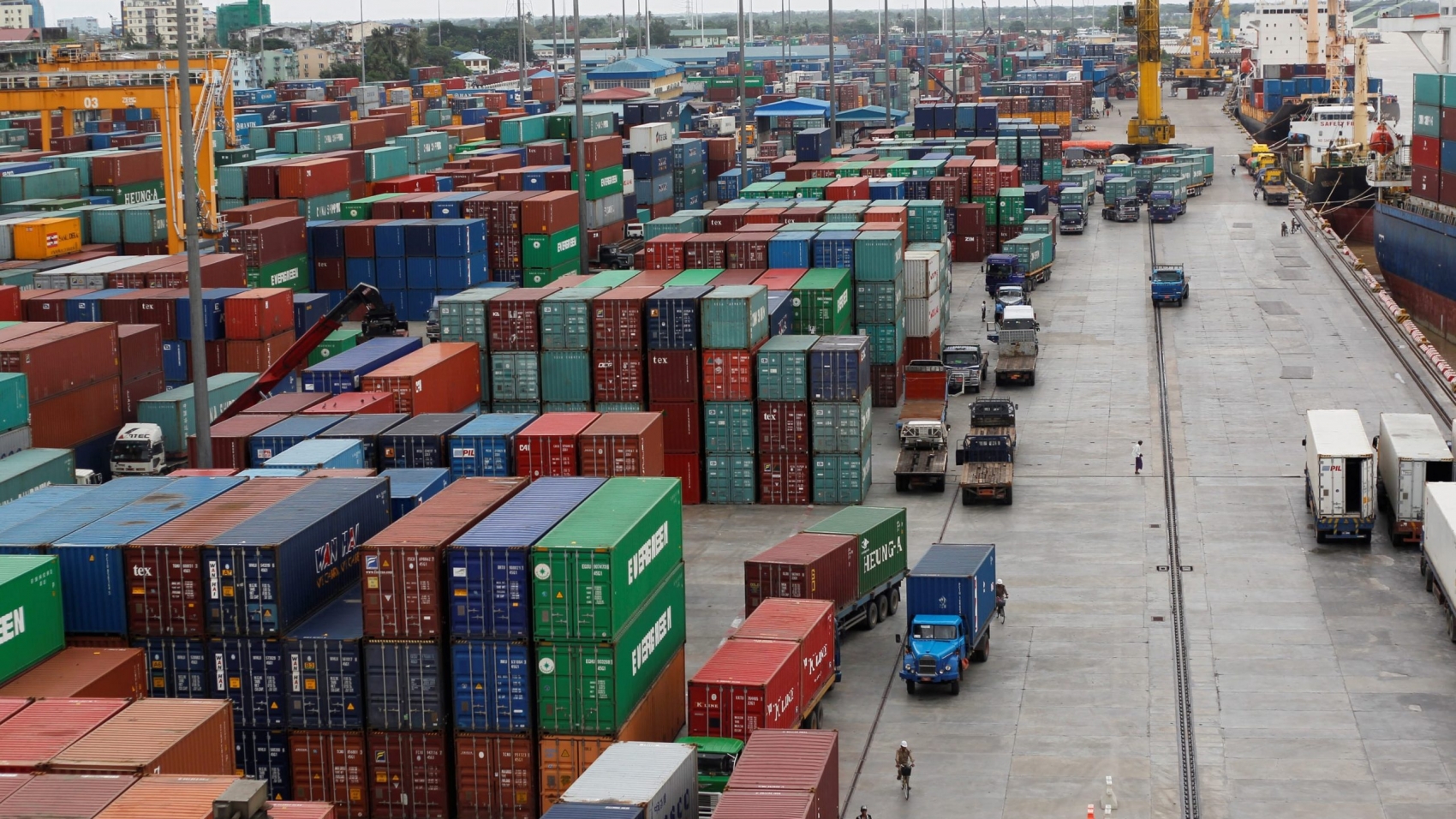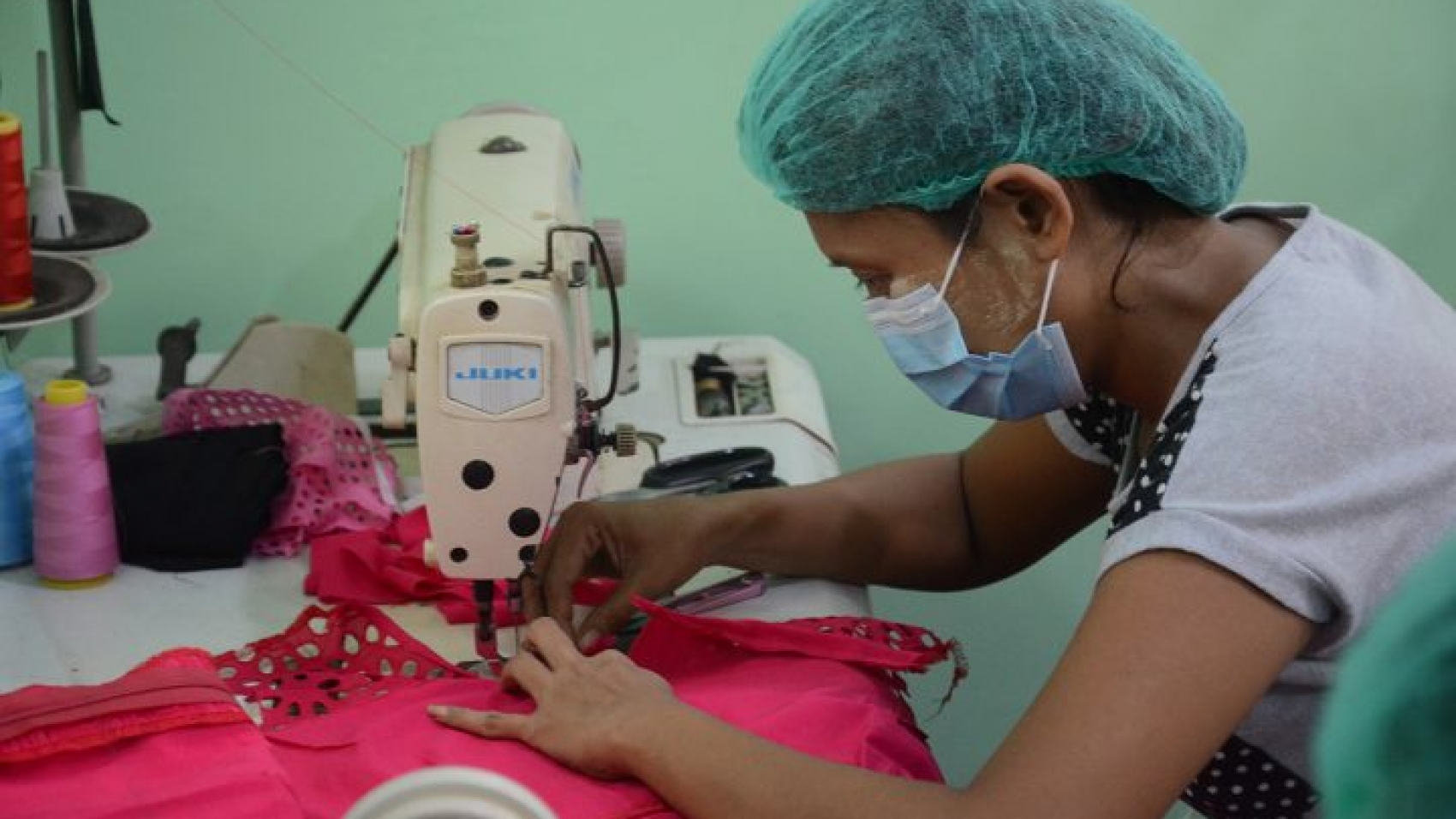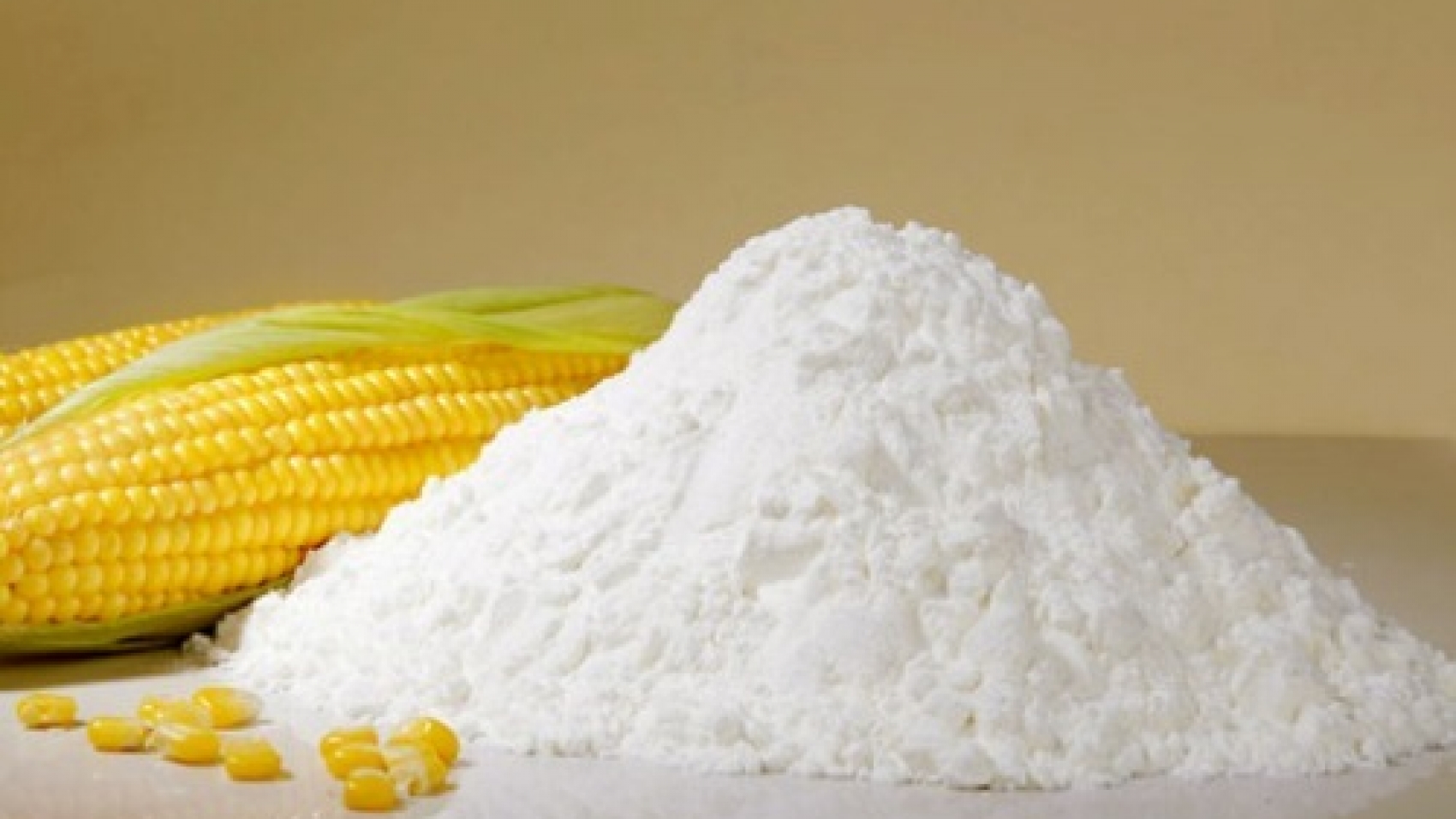Myanmar intends to reach the export target of one million tonnes of corns to Thailand this year, said by the chair of Myanmar Corn Industrial Association. Myanmar will be allowed for corn export between February and August, under zero tariff, as Thailand has corn requirements. Thailand needs 2 million tonnes of corn as per its market data. They , however, do not know their purchase volume. Last year, Thailand partners asked if Myanmar corn suppliers can provide 3 million tonnes during negotiation with the association. We cannot tell the exact volume. Nevertheless, about 1 million tonnes of corns are possibly to flow into Thailand.
This year, Myanmar’s corns are demanded by Viet Nam, India, Malaysia and Laos. Typically, we expect to export 1 million tonnes of corns to Thailand. Yet, the market condition depends on the price, he continued.
At present, Myanmar’s corns are primarily shipped to India. It is also sent to Viet Nam and Laos. The illegal outflow of corns to China via northern Shan State is also reported. As a result of this, the corn export volume of Thailand market is directly related to the market price. Myanmar traders will ship the corns to foreign markets which offer a high price, regardless of trade routes (sea or border), the association chair affirmed. Additionally, China is purchasing Myanmar’s corn that substituted opium poppy cultivation, under a quota system.
The prevailing export price of corn stands at above US$250 per tonne. Corn is cultivated in Shan, Kachin, Kayah and Kayin states and Mandalay, Sagaing and Magway regions. Myanmar has three corn seasons- winter, summer and monsoon. The country yearly produces 2.5-3 million tonnes of corns. Myanmar exported 2.2 million tonnes of corns to the foreign market in the past financial year 2019-2020 ended 30 September, with an estimated value of $360 million, the Ministry of Commerce’s data showed. With the growing local corn consumption, Myanmar’s corn export to foreign markets is expected to reach 1.6 million tonnes in the current FY2020-2021 (Oct-Sep), the association state.
Source: The Global New Light of Myanmar

